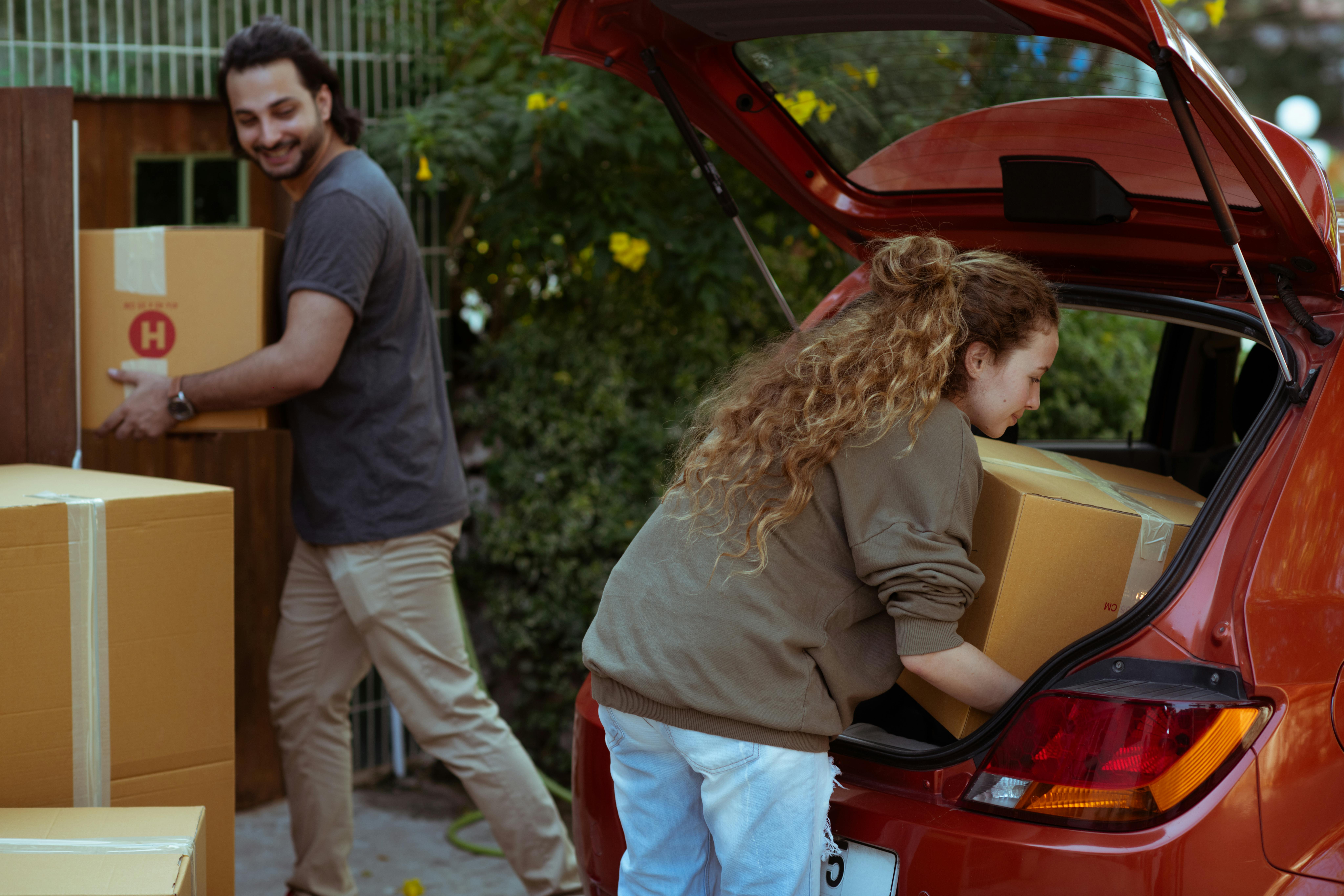Dash cameras are quickly becoming a necessity in today’s driving environment. Aggressive and careless driving, as well as increasingly common incidents of road rage, make investing in a good car DVR a wise decision.
Another consideration is that insurance companies now tell their clients to never admit fault, so it becomes your word against the other party’s and if they have someone else with them and you don’t, you will lose a lot of money. Similarly, if you are not an experienced driver or one of your children is involved in an accident, you will need strong evidence to support your version of what happened.
In other words, buying a dash cam can save you a lot of money and stress.
Unfortunately, choosing the best dash cam isn’t that easy because often times cameras that have the same body can have very different working parts. This is because there are only a few major camera body manufacturers and they sell to hundreds of suppliers.
In general, when buying dash cams, you get what you pay for, so start by ignoring the really cheap dash cams. I have seen dash cams advertised for $16! and that is simply impossible. Buy one of these and your money will probably be gone. Personally, I wouldn’t even consider a camera under $100.
So how do you choose a dash cam that will provide good quality images that can be used as evidence if you are unlucky enough to be involved in a traffic incident?
Here are some tips to look for:
* Look for a model with dual wide-angle cameras to give you front and rear coverage.
* Check if the camera has a high-end chipset and sensor combination. These are expensive items, so most vendors won’t tell you what the specs are on their cameras. All the cameras in my family have Mstar/OV2710 chipset/sensor combinations, but there are one or two good combinations (none of them are cheap). Lesser combinations will not give you the same quality images, especially at night.
* So that the unit has a MOV video format, not the old AVI.
* The camera must have parking mode that activates the camera in the event of a hit while you are not in your car.
* Motion detection.
* Loop recording.
* ADAS: Driver assistance will alert you if your car is approaching another or if you are drifting out of your lane.
* G-Sensor: Freezes the frame and stores it in case of an accident.
* Warranty – at least 12 months.
* Look for evidence that the provider has a website with contact details.
* Choose a provider with good support, if the description has examples of poor English it is usually a third world provider (often not even a manufacturer but a reseller) and experience has shown that if that is the case it can be very difficult to get support.
Reviews
It used to be the case that if a dash cam had good reviews on one of the major sales platforms, you could trust it to be a decent buy. Nowadays, you have to be very careful about this because we have seen more and more examples of new listings hitting the market with 20, 30, or even 40, 5-star reviews right off the bat. The review system has become endemic; in fact, you can see advertisements on social media and internet service sites where people offer completely fake reviews for very little money.
In summary
Buying a dash cam is a very wise decision, but do your homework and buy a high-spec one from a vendor you can identify.
